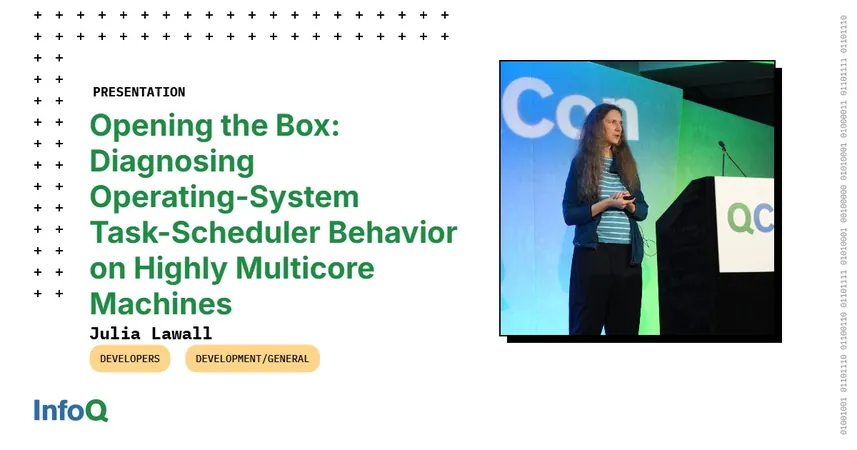
Revolutionizing Honey: McGill University's AI Breakthrough Detects Fake Honey!
2025-04-14
Author: Jacques
Unmasking the Sweet Deception: How AI is Transforming Honey Testing
In a stunning advancement, researchers at McGill University have harnessed the power of artificial intelligence to unveil the floral origins of honey, tackling the growing issue of counterfeit products in an industry worth billions.
Stéphane Bayen, head of the Department of Food Science and Agrochemistry at McGill, reveals, "We've explored honey for antibiotic and pesticide residues before, but we've recently expanded our approach. By examining the comprehensive chemical fingerprints of honey, we're uncovering its true identity."
Fast and Furious Testing: Say Goodbye to Slow Methods!
Forget waiting days for results! This revolutionary technique offers results in mere minutes, leveraging advanced algorithms that pinpoint unique chemical markers to identify honey's origin with unparalleled accuracy. This is a significant leap forward from traditional pollen analysis, which falters with processed or filtered honey.
The Secret Ingredients: Unique Markers in Honey
Each type of honey boasts its own signature markers. For instance, blueberry honey, a favorite in Quebec, contains niacin, a notable vitamin. Bayen emphasizes, “This particular marker not only identifies the honey but adds consumer appeal due to its health benefits.” Conversely, buckwheat honey shines with a rich concentration of phenolic compounds recognized for their antioxidant qualities.
More than Authentication: Ensuring Quality and Safety
But this innovative fingerprinting does more than authenticate; it assesses honey's quality and safety too. It can reveal compounds like Hydroxy-Methyl-Furfural (HMF), indicating freshness or revealing if the honey has aged on store shelves.
Battling Fraud: An Industry Under Threat
With the honey market booming, misleading labeling practices are a growing threat. The Canadian Food Inspection Agency has flagged this issue, highlighting the risks of deception in labeling. While Bayen cautiously notes, "Fraud implies intent, and beekeepers often can't track where their bees forage," he admits, "Our findings have raised concerns about the authenticity of some samples.”
Protecting Producers: The Battle for Fair Competition
The botanical source of honey affects not only its flavor but also its nutritional properties, leading to potential unfair advantages in pricing. Monofloral honey typically commands a higher price than polyfloral varieties, further complicating the landscape for honest beekeepers.
Bayen emphasizes, "The honey industry lacks the support and investment in research and development that other food sectors enjoy. My collaboration with honey professionals has been rewarding, as they stand to benefit immensely from scientific backing."
The Future is Bright: New Horizons Ahead
Though still in its experimental phase, the research team is optimistic about this technique's future adoption by food inspection agencies globally. Their ambitious vision extends beyond honey; they are also adapting the technology for use with other beverages.









 Brasil (PT)
Brasil (PT)
 Canada (EN)
Canada (EN)
 Chile (ES)
Chile (ES)
 Česko (CS)
Česko (CS)
 대한민국 (KO)
대한민국 (KO)
 España (ES)
España (ES)
 France (FR)
France (FR)
 Hong Kong (EN)
Hong Kong (EN)
 Italia (IT)
Italia (IT)
 日本 (JA)
日本 (JA)
 Magyarország (HU)
Magyarország (HU)
 Norge (NO)
Norge (NO)
 Polska (PL)
Polska (PL)
 Schweiz (DE)
Schweiz (DE)
 Singapore (EN)
Singapore (EN)
 Sverige (SV)
Sverige (SV)
 Suomi (FI)
Suomi (FI)
 Türkiye (TR)
Türkiye (TR)
 الإمارات العربية المتحدة (AR)
الإمارات العربية المتحدة (AR)